Faced with a three figure annual inflation rate, Zimbabwe’s central bank has announced that it is planning to introduce higher denomination banknotes for the convenience of the public.
The higher denomination banknote, which will come in the form of 50 Zimbabwean dollars (Z$), will not be adequate to buy even a loaf of bread.
Statement on the introduction of new Banknotes pic.twitter.com/WwUPbwXNtv— Reserve Bank of Zimbabwe (@ReserveBankZIM) January 12, 2021
Allowing the use of ZAR as legal tender could provide the best solution, seeing that Zimbabweans are familiar with the ZAR and that SA is Zimbabwe’s most important trading partner,” Van der Linde.
This is the second time that the Reserve Bank of Zimbabwe (RBZ) is printing higher denomination banknotes in a period of one year after it introduced Z$10 notes in May 2020, followed by Z$20 notes in early June the same year as part of measures to increase physical money supply as well as curbing cash shortages.
Zimbabwe’s currency crisis dates back to the chaotic Land Reform Programme under the leadership of the late Robert Mugabe in 2000 that saw blacks taking back their land from about 4, 500 white commercial farmers.
The US imposed sanctions on Zimbabwe under the Zimbabwe Democracy and Economic Recovery Act (ZDERA) of 2001 which restricts US support for multilateral financing to Zimbabwe.
The 2008 hyperinflation period
Zimbabwe recorded the second highest incidence of hyperinflation in history – the country’s inflation rate for November 2008 was a staggering 79.6 billion percent, according to the Corporate Finance Institute (CFI), a Canadian based analyst certification organisation.
The CFI attributes a decline in economic output and exports, political corruption and the then RBZ governor Gideon Gono’s actions to increase money supply in response to rising debt as the major causes for inflation to spiral out of control.
Zimbabwe adopted a multi-currency regime including South African (SA) rand (ZAR), Botswana pula and United States dollar (USD) in 2009, when Mugabe of Zanu PF formed a Government of National Unity with opposition party leader late Morgan Tsvangirai.
- To curb cash shortages the government introduced bond coins in 2014 followed by bond notes in 2016 of Z$2 and Z$5.
- The government encouraged the use of ‘plastic’ money with mobile money dominating the economy.
- In 2019, the government outlawed the use of multi-currency and introduced its local currency.
But there have been cash shortages and the local currency has been losing value against its benchmark the USD.
In May 2020, Zimbabwe had one of the highest inflation rates in the world, standing at 785.55%, according to the Zimbabwe National Statistics Agency.
Even though the RBZ denied that they were not going to introduce the Z$100 and Z$200 notes, a member of the central bank’s Monetary Policy Committee (MPC) who spoke to The Africa Report on condition of anonymity said the introduction of those banknotes along with the Z$50 notes, they had officially announced, is imminent.
“The present notes have virtually no value and do not enable people to transact,” the MPC member said.
“The MPC decided last year to print Z$50, Z$100 and Z$200 notes to rectify this. If and when they are produced they will be sold to the Banks for distribution.”
But Jee-A van der Linde, an economist at NKC African Economics believes lack of the ZBZ’s credibility will affect people’s confidence in these higher denomination banknotes.
“Increased liquidity should make day-to-day activities a little easier. However, it is unlikely that higher bank denominations would promote confidence in the local unit, in fact logic dictates that it should have the opposite effect–Zimbabweans can perceive this as more money is being pumped into the system,” he tells The Africa Report.
The MPC member said provided the RBZ maintained the present monetary policies inflation will remain contained.
In March 2020, RBZ allowed people in Zimbabwe to use foreign currency to pay for goods and services.
The MPC member said Zimbabwe is not going to turn to the use of multi-currency to stabilise the economy.
“The new local currency is here to stay and is the major means of exchange in local markets. The RBZ has allowed the use of the USD to bring these resources into the economy and it has worked,” he said.
“However, this means we are a “multi currency” country and we can use foreign exchange here providing it is accepted. This has been a very good decision but in the long term we will go back to a “mono currency” economy using our own currency.”
Confederation of Zimbabwe Retailers president Denford Mutashu said the adoption of the USD would not work considering the country is under sanctions.
“The scrapping of the local currency and adopting the USD for now can wait owing to many challenges associated with the move as experienced by the first attempt in 2009. As long as the country is still under sanctions, we have to have our own local currency,” he said.
Foreign exchange trading system is helping stabilize the economy
After failing to control the inflation rate using the interbank rate system, the government in 2020 introduced foreign exchange auction trading system where bidders set their own exchange rate.
Mutashu said industry capacity utilization has steadily been rising owing to the introduction of the foreign currency auction system that stabilized procurement of forex by business to import raw materials and capital goods.
“The foreign currency auction system has begun to bring inflation down as witnessed in the last quarter of 2020,” he said.
As of January this year, Zimbabwe’s inflation rate was nearly 385 percent per annum, according to the United States economist at Johns Hopkins University.
#Inflation continues to soar in #Zimbabwe. Today I measure at 375.59%/yr. There is a solution for @edmnangagwa: #dollarize. The VFEX trades on #USD. Now that the Zim Electricity Supply Authority is allowing payments in USD. The rest of Zim must follow suithttps://t.co/TLIlbIfgb5— Prof. Steve Hanke (@steve_hanke) January 10, 2021
Though it may not feel like it, this is a reduction from the over 700% seen in May 2020.
Is the adoption of ZAR a solution?
Van der Linde believes that the country does not have fundamentals in place to maintain the Zimbabwean dollar.
“With only a couple of weeks’ worth of import cover and tremendous debt arrears, Zimbabwe does not have the fundamentals in place to sustainably maintain its own currency – despite what authorities claim,” he said.
He said going back to the USD is an option, but from a trade perspective, the USD is arguably too strong as it places Zimbabwean goods at a disadvantage compared to its regional peers.
“Allowing the use of ZAR as legal tender could provide the best solution, seeing that Zimbabweans are familiar with the ZAR and that SA is Zimbabwe’s most important trading partner,” Van der Linde.


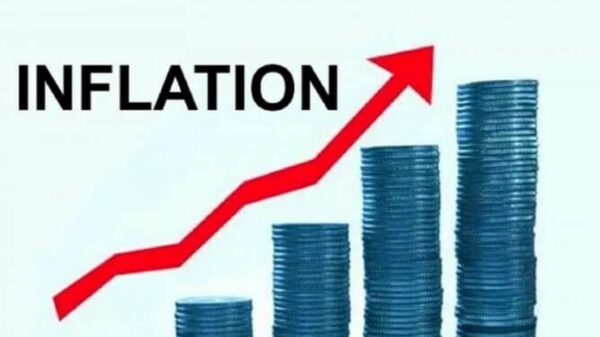

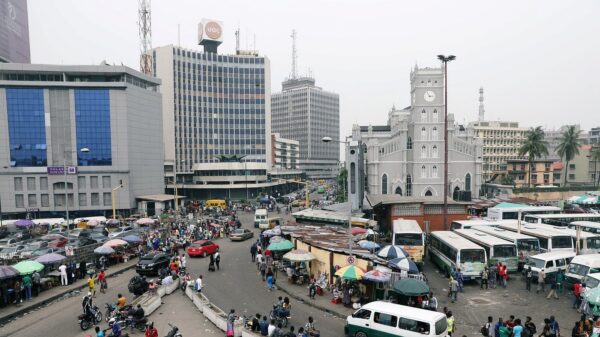







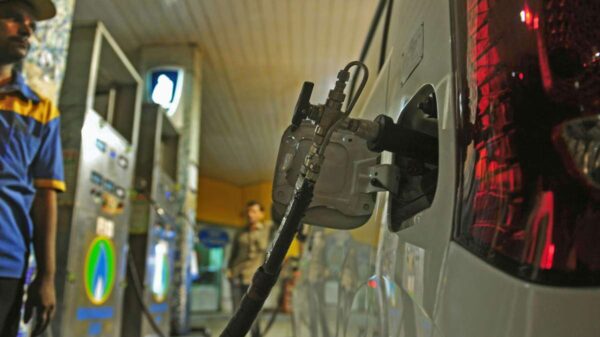

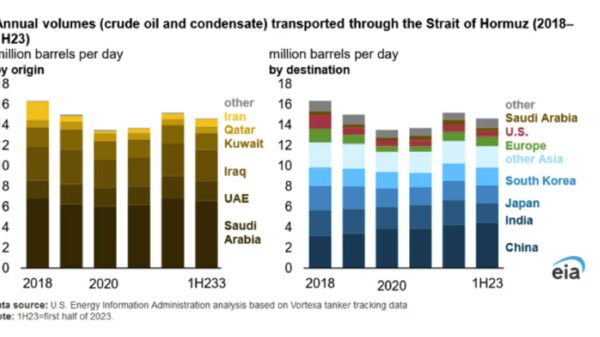
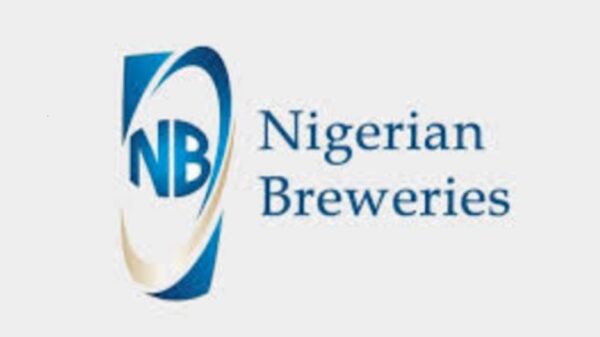






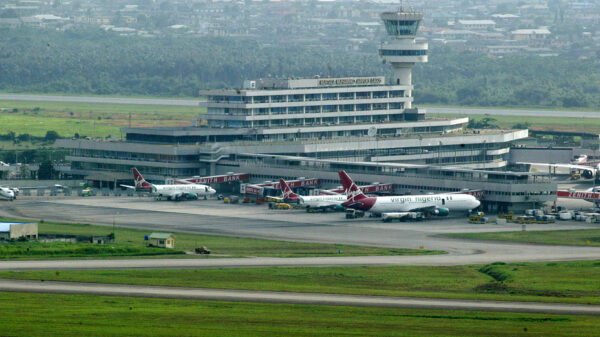
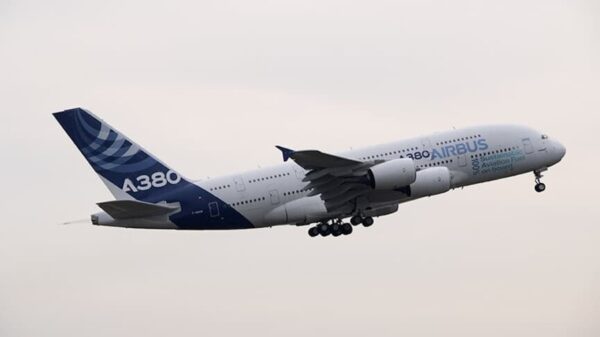
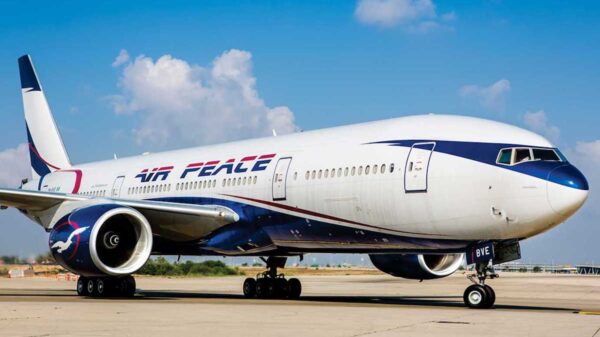

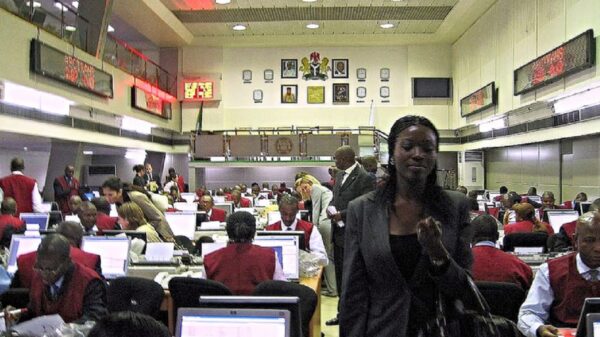
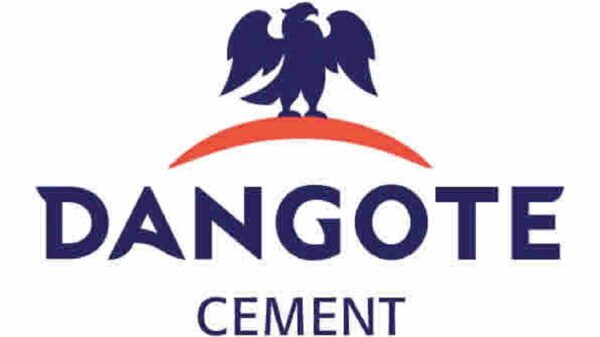
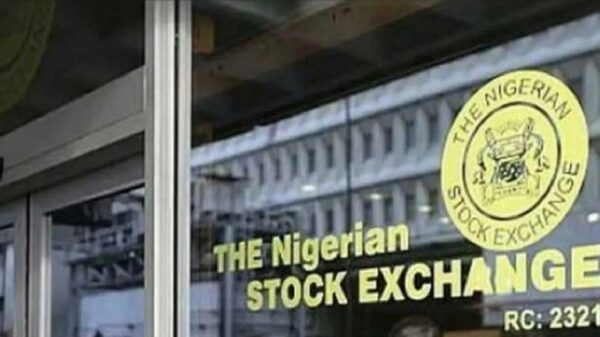


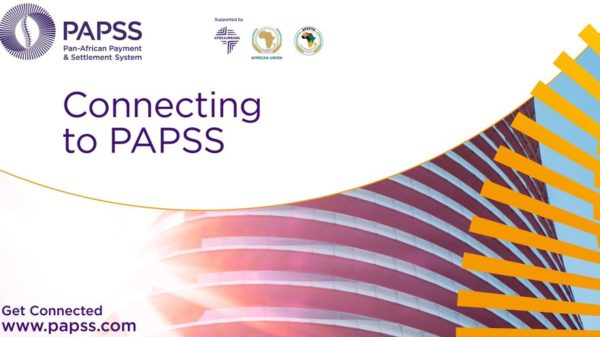

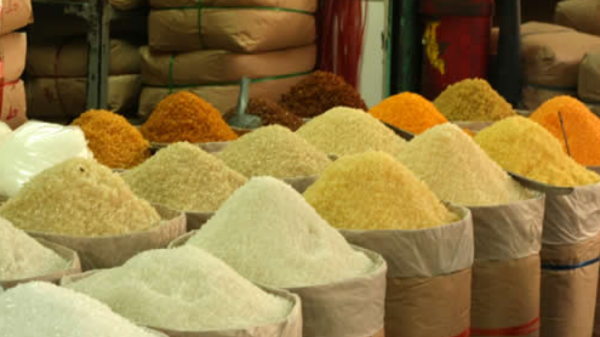

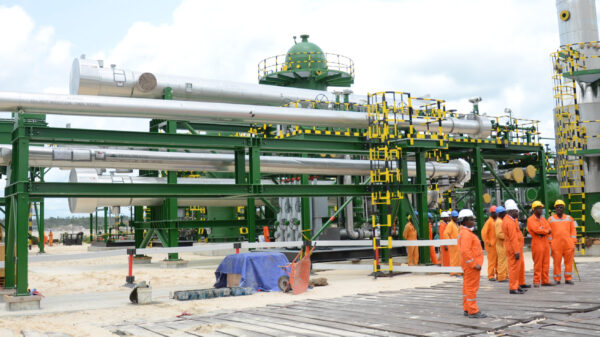
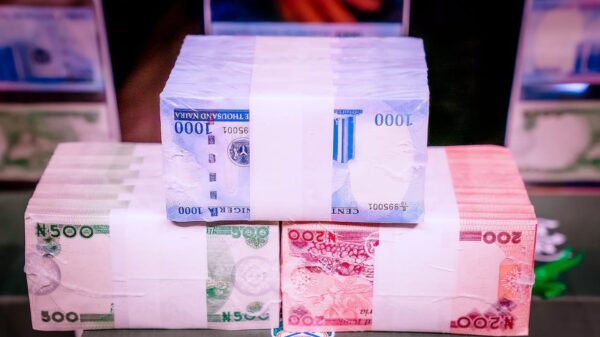
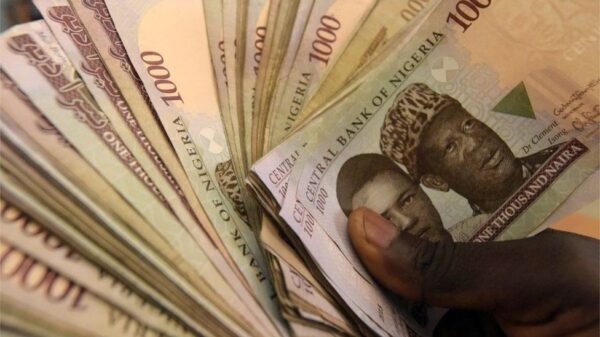
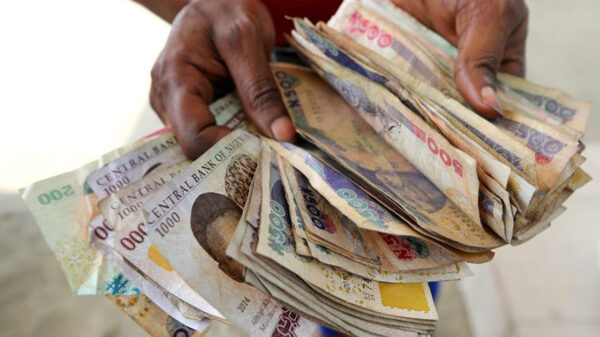
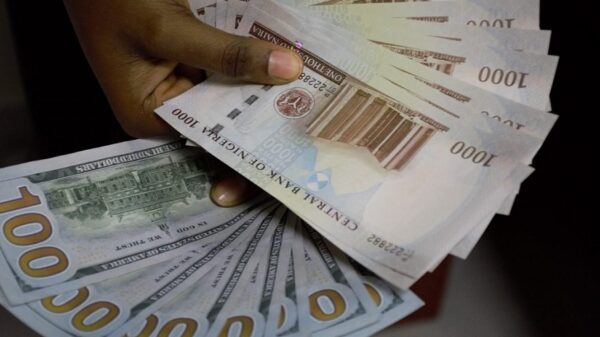










You must be logged in to post a comment Login